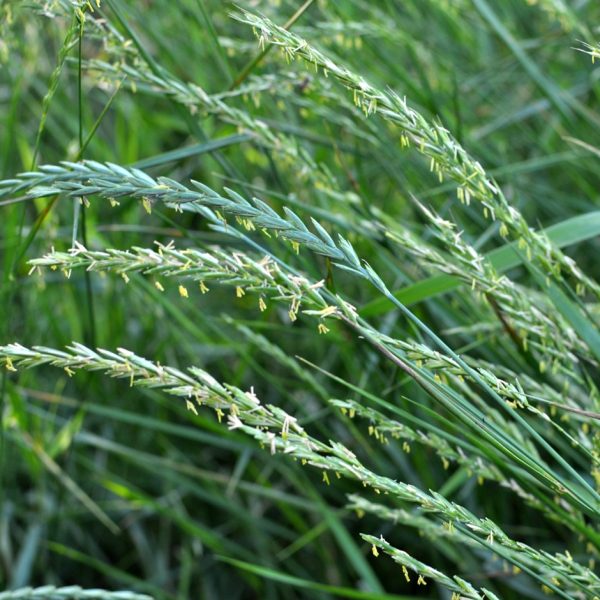
In this article, we discuss “Uncaria tomentosa – Adjuvant Treatment for Breast Cancer: Clinical Trial“
Plant name and species
Cat’s Claw (Uncaria tomentosa)
Aim of study
Breast cancer is one of the most common cancers worldwide. One of the most common treatments is chemotherapy which, although can be very helpful, comes with toxic side effects. These can include leukopenia (not enough leukocytes — a type of white blood cell in the immune system) and neutropenia (not enough neutrophils which are another kind of immune cell). The aim of this study was to see if the herb cat’s claw can help reduce these unwanted side effects of cancer treatment.
Study method
This study was a randomized clinical trial, and patients had invasive ductal carcinoma, stage II and were undergoing a treatment regimen known as FAC (fluorouracil, doxorubicin, cyclophosphamide). There were 40 patients, and they were split into two groups. One received chemotherapy and 300mg of cat’s claw (UtCa) powdered extract and the other group (Ca) only received chemotherapy. Blood tests were taken at the beginning of treatment and throughout treatment to see the levels of white blood cells, cytokines and lipid peroxidation levels. There was also a control group of healthy women who had received no medication in the last 30 days and did not have any chronic diseases.
Results of study
At the beginning of the study, the blood samples were similar between the UtCa, Ca groups and control groups. After treatment, the white blood cell (WBC) and neutrophil count reduced in the Ca group, but in the group with cat’s claw the levels remained similar to the Control group. There was a higher increase in monocyte (a type of WBC) numbers in the UtCa group when compared to the Ca group.
By the end of the treatment, 67.89% of those in the Ca group had neutropenia. Cat’s claw was shown to improve the side effect of neutropenia in particular, with the UtCa group showing twice the levels of neutrophils than the Ca group by the end of treatment.
Furthermore, the cat’s claw was also able to restore cellular DNA damaged by chemotherapy and has a good safety profile.
Discussion
Cat’s claw stimulates the immune system which means increased resistance to immunosuppression which can be caused by chemotherapy, stress and malnutrition. Unfortunately, the cytotoxic action of chemotherapy is not directed just at cancer cells, and so healthy cells are also damaged. This study demonstrates that cat’s claw can potentially strengthen the body’s innate defences and help improve the quality of life for patients overall.
Conclusion
Overall, cat’s claw was shown to be a safe and effective adjuvant therapy to treat neutropenia induced by chemotherapy in women diagnosed with invasive ductal carcinoma—stage II, and to help protect patients from DNA damage.































